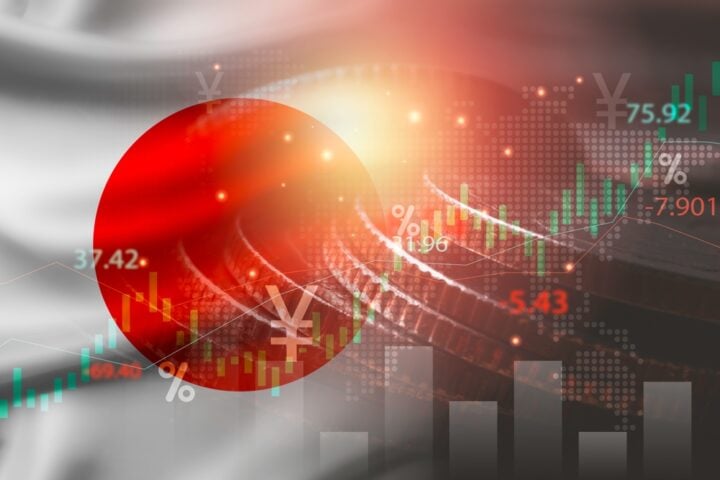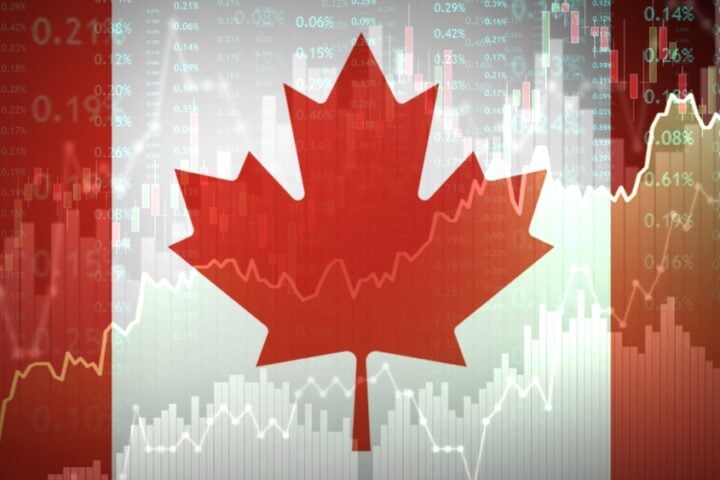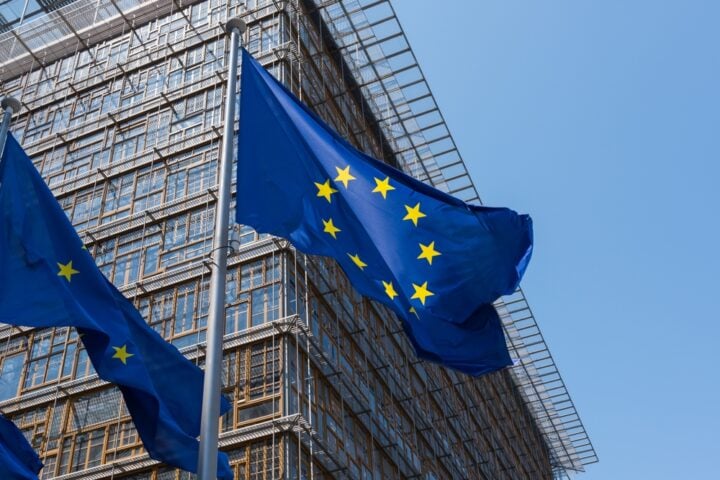South Korea’s central bank, the Bank of Korea (BOK), surprised markets on Thursday by cutting its benchmark interest rate by 25 basis points to 3.00%. This marks the second consecutive rate cut, the first time the bank has enacted back-to-back reductions since 2009. The move aims to support the economy amid signs of slowing growth.
Economists polled by Reuters had widely expected the BOK to hold rates steady at 3.25%.
Weaker-than-Expected GDP Growth
The rate cut follows disappointing GDP data for the third quarter. South Korea’s economy grew by just 1.5% year-on-year, falling short of the 2% growth economists had forecast.
In response to the economic slowdown, the BOK lowered its GDP growth outlook for 2024 to 2.2%, down from the 2.4% forecast in August. For 2025, the outlook was cut to 1.9% from 2.1%.
Kathleen Oh, chief Korea and Taiwan economist at Morgan Stanley, described the decision as a “surprise,” highlighting the central bank’s concern over the deteriorating economic outlook, particularly as exports falter.
Slowing Export Growth
South Korea’s export growth is expected to decline for the fourth consecutive month in November, with a projected year-on-year increase of just 2.8%, according to a Reuters poll. This would mark the weakest export growth in 14 months, primarily driven by softening demand from the United States and uncertainty surrounding U.S. tariff policies.
“The U.S. government has not officially announced any measures yet, but the expectation around tariffs on China, Mexico, and Canada … also puts increased downward pressure on Korea’s exports front,” Oh said.
Stabilizing Inflation Opens Path for Rate Cuts
Inflation in South Korea has substantially slowed, with October’s reading of 1.3% marking the lowest rate since February 2021. This stabilization allowed the BOK to prioritize mitigating downside risks to the economy.
“The Board, therefore, judged that it is appropriate to further cut the Base Rate and mitigate downside risks to the economy,” the central bank said in its statement.
Currency Depreciation Concerns
Despite the rate cut, concerns remain about the depreciation of the South Korean won, which has weakened significantly against the U.S. dollar in recent months. The won hit a two-year low of 1,411.31 on November 14 before recovering slightly to 1,392.17.
Governor Rhee Chang-yong previously indicated that the currency’s rapid decline would influence the pace of future rate cuts. “The Korean won is losing against the U.S. dollar at a pace far faster and a level far lower than we would like,” Rhee said, according to the Korea Times.
Neutral Rate Adjustment
South Korea pegs its neutral rate at -0.2% to 1.3% for the first quarter of 2024, according to a November 5 report by the BOK. Oh noted that the current rate, being above the neutral range, gave the central bank room to act preemptively before U.S. tariff policies are finalized.
Market Reaction
The Kospi, South Korea’s stock market benchmark, rose 0.29% following the announcement, reflecting cautious optimism about the BOK’s efforts to stabilize the economy.
By addressing growth concerns and taking proactive measures, South Korea’s central bank has signaled its commitment to supporting the economy in a challenging global environment.







